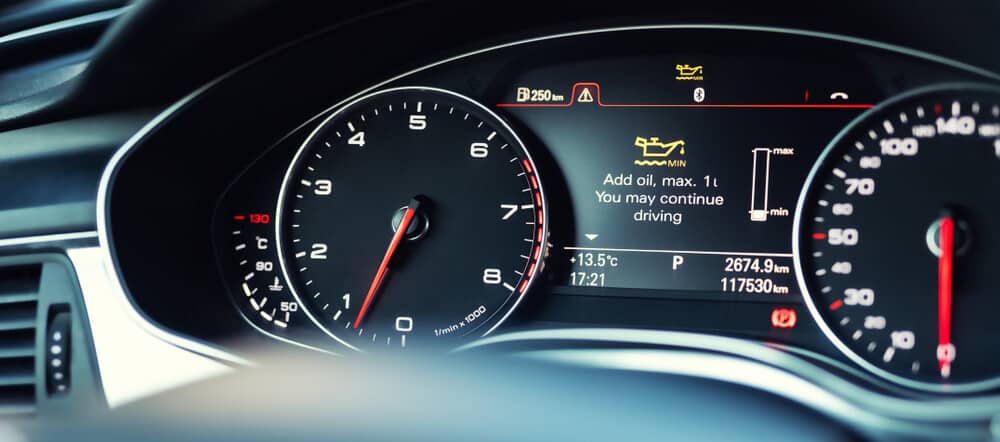While there isn’t a specific interval for inspecting low oil pressure issues, it is important to follow the recommended maintenance schedule provided by your vehicle manufacturer. Regular maintenance and inspections play a crucial role in identifying and addressing potential issues, including low oil pressure. Here are some general guidelines:
- Oil Changes: Regularly changing your engine oil is essential for maintaining proper lubrication and optimal oil pressure. Follow the manufacturer’s recommended oil change intervals, which can typically range from 3,000 to 7,500 miles (4,800 to 12,000 kilometers) or every 3 to 6 months, depending on your driving habits and the type of oil used. During oil changes, a mechanic can inspect the oil pressure and related components as part of the routine service.
- Scheduled Maintenance: Most vehicle manufacturers provide a maintenance schedule that outlines specific inspections and services at certain mileage or time intervals. This schedule often includes periodic checks of the engine, including the oil system. Follow this schedule to ensure that your vehicle receives the necessary inspections and maintenance, which can help identify any potential low oil pressure issues in a timely manner.
- Warning Signs: Pay attention to warning signs that may indicate low oil pressure, such as the oil pressure warning light illuminating on the dashboard, inconsistent oil pressure gauge readings, or engine performance issues. If you notice any of these signs, it’s important to have your vehicle inspected promptly by a qualified mechanic to diagnose and address the problem.
- Unusual Noises or Oil Leaks: If you hear unusual noises, such as knocking or ticking sounds coming from the engine, or if you notice oil leaks under your vehicle, it could be an indication of low oil pressure or other oil-related issues. In such cases, you should have your vehicle inspected as soon as possible to determine the cause and prevent further damage.
Remember, proactive maintenance and regular inspections are key to identifying and addressing low oil pressure issues before they lead to significant engine damage. Adhering to the manufacturer’s recommended maintenance schedule, monitoring warning signs, and promptly addressing any concerns will help ensure the health and longevity of your engine.
SHARE
